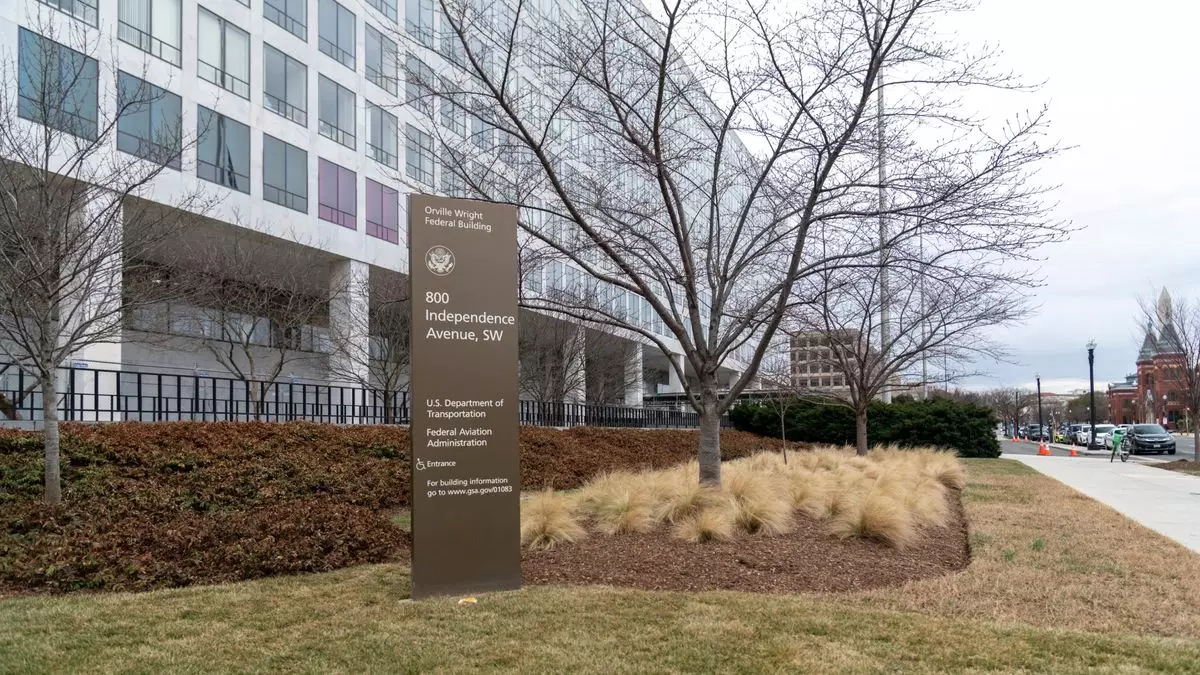The world of aviation is on the brink of transformation as emerging technologies promise to enhance safety and efficiency. At the heart of this potential overhaul is a federal contract to modernize the United States’ air traffic communications system, now under scrutiny due to the involvement of Elon Musk’s satellite company, Starlink. Amidst this backdrop, critical questions arise regarding potential conflicts of interest, regulatory oversight, and the integrity of federal contracting processes.
Air traffic communication is an essential component of aviation safety, facilitating the crucial dialogue between air traffic controllers and pilots. Currently, the system is heavily reliant on outdated technologies that pose risks to travelers. According to Musk, the existing infrastructure, notably a contract led by telecommunications giant Verizon, is insufficient and urgently needs upgrading. Musk’s assertions highlight a pressing concern within the aviation community: the potential consequences of continued reliance on brittle systems in a landscape defined by rapid technological advancement.
The FAA currently operates a robust but aging ground-based communications system that serves as the backbone of air traffic management. The pressing need for modernization cannot be understated as incidents and inefficiencies call for an immediate reevaluation of how air traffic is managed and communicated. The discussion around this modernization has rekindled debates not only about technological innovation but also about accountability in government procurement.
Starlink, a subsidiary of Musk’s SpaceX, seeks to leverage its satellite constellation to take over responsibilities traditionally assigned to terrestrial communication systems. Preliminary installations of Starlink equipment at FAA facilities have been confirmed, indicating a movement toward operational testing. However, this nascent phase has ignited concerns among former FAA officials and contracting law experts about the need for rigorous evaluation before integration into the aviation system.
Jessica Tillipman, a contracting law specialist, points to a notable lack of transparency regarding Musk’s influence and access to critical information during the bidding process. While Musk holds a unique position as both an innovative entrepreneur and a self-styled advisor to the government, the ramifications of intertwining business with public service remain contentious. The potential overlap begs the question of whether the urgency for modernization is overshadowing necessary due diligence.
The circumstances around the contract reveal troubling implications for regulatory oversight. The FAA’s decision to explore testing Starlink’s technologies without comprehensive evaluations suggests a governance structure strained by external pressures and rapid technology developments. It raises important questions about the mechanisms in place to balance innovation with safety. Policymakers must ask themselves: What guidelines exist to ensure such technologies meet safety and efficacy standards before widespread deployment?
The notion of ethical waivers being granted to individuals associated with SpaceX provides another layer of complexity. These waivers, while legally permissible, introduce a potential ethical quagmire. Critics argue they may undermine public trust in the procurement process, adding fuel to concerns regarding favoritism and misallocation of government resources. The intertwining of personal interests with public policy is a perennial issue that demands scrutiny.
The implications of Musk’s business dealings extend well beyond the FAA. As his various ventures, including Tesla and Neuralink, interact with government agencies, the consistency of oversight in these circumstances becomes paramount. When government officials and business leaders occupy the same sphere of influence, the risk of impropriety increases. The General Services Administration’s (GSA) relationship with SpaceX exemplifies this phenomenon, where existing contracts facilitate potential preferential treatment toward Musk’s companies.
Furthermore, the pivotal role of major federal stakeholders—such as NASA and the Department of Defense—emphasizes the need for clear boundaries in business-government relations. As Musk expands his technological footprint, regulatory bodies must clarify their standing policies to avoid ethical pitfalls.
The potential transition from a traditional air traffic communications system to one powered by Starlink epitomizes the rapid evolution of technology and its intertwining with government functions. Navigating these changes requires an unwavering commitment to transparency and accountability in the public procurement process. As we stand at this crossroad, stakeholders must prioritize robust regulatory frameworks that uphold the principles of ethical governance while encouraging innovation.
In a rapidly changing technological landscape, balancing advancement with safety and ethical integrity is critical. Going forward, it is not just about which technologies we adopt but also how we ensure those technologies serve the public good without compromising the trust on which our institutions are built.


Leave a Reply